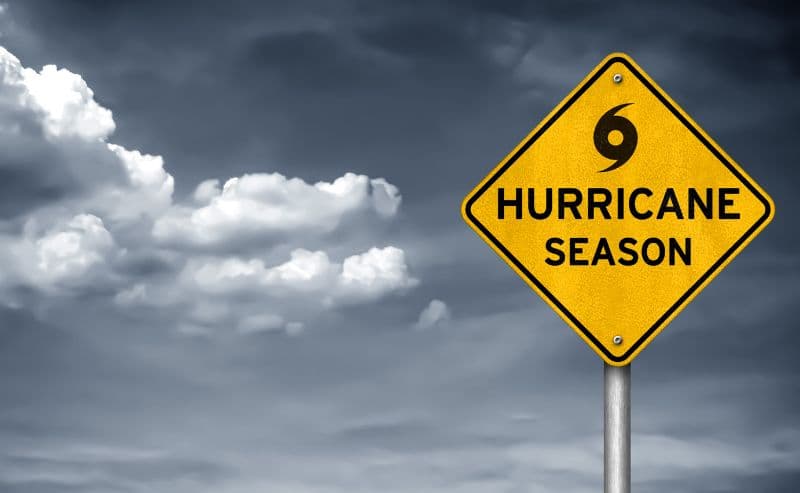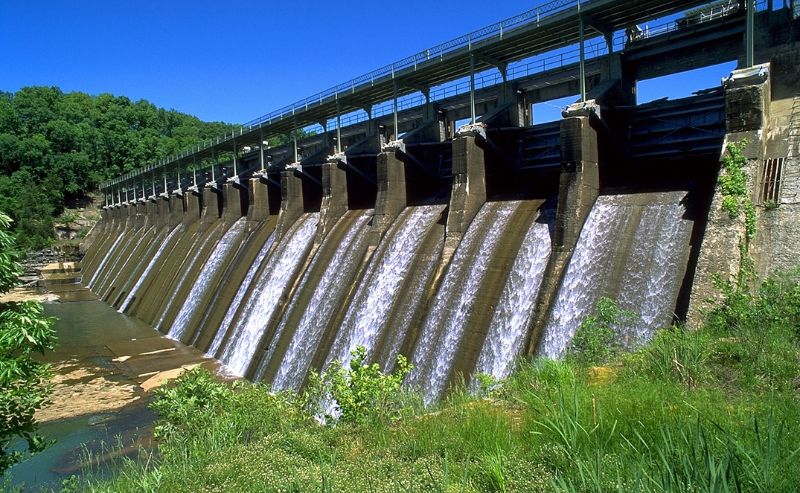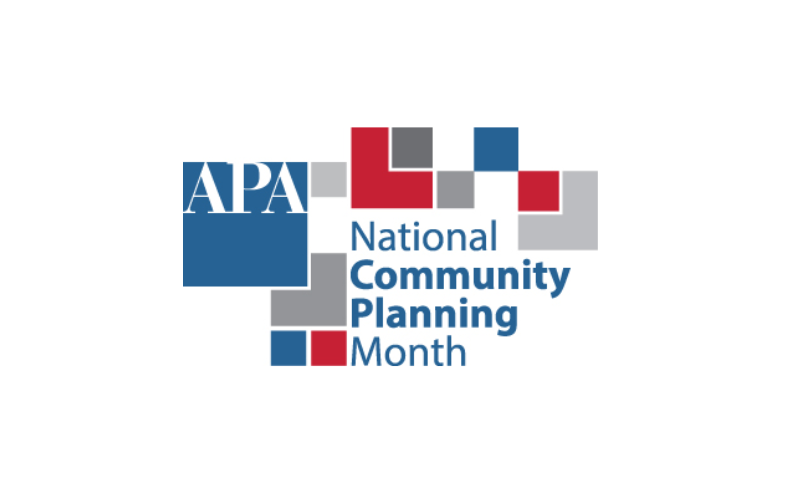Resolve to Improve Preparedness and Resilience Through COOP/EOP Exercises in 2024
Although 2023 may be coming to a close, many are already counting down the days to 2024 and deciding on their New Year’s resolutions. Exercise, as always, will surely top the list, even for state, local, tribal, and territorial [...]
The 2023 Atlantic Hurricane Season Ends, Preparations Begin for 2024
November 30th marked the official end of the 2023 Atlantic hurricane season. As predicted, it presented “above-normal” tropical activity and became the fourth most active Atlantic basin season since 1950. Fortunately, only one hurricane, Idalia, made landfall in the U.S., along with two [...]
Dam Safety Remains Top Concern Across U.S., FEMA Announces $211M to Fund Safety Grants
If your community has a dam or is in close proximity to one, you are probably concerned about public safety and the risk of expensive property damage in case of failure. This is especially true if the dam is [...]
New Cyber Incident Planning Guide for Emergency Managers Now Available from FEMA
Cybersecurity, or the lack thereof, continues to weigh heavily on the minds of many state, local, tribal, and territorial (SLTT) governments. Rightly so, costly and disruptive cyber incidents involving ransomware, phishing scams, and other hacks are steadily rising. Take [...]
National Cybersecurity Awareness Month Ends, Cyberthreats and Attacks Continue
National Cybersecurity Awareness Month may have ended on October 31, 2023, but concerns over malicious (and often costly) cyber activity certainly have not. Apprehension appears to be on the rise as more public and private sector organizations fall victim [...]
October is National Community Planning Month: Celebrate Tribal Planning in 2023
Every year, the Federal Emergency Management Agency (FEMA), in partnership with the National Planning Association (NPA), observes October as National Community Planning Month. Its purpose is to identify long-term, equitable solutions that reduce risk from natural hazards such as wildfires, droughts, [...]






